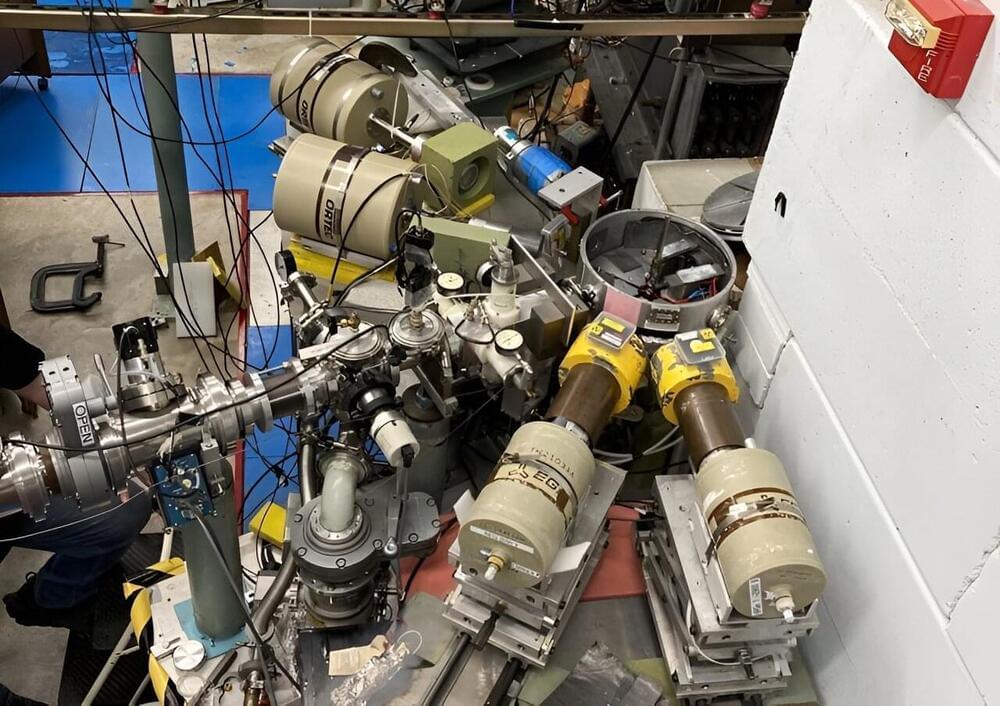Large, low-background detectors using xenon as a target medium are widely used in fundamental physics, particularly in experiments searching for dark matter or studying rare decays of atomic nuclei. In these detectors, the weak interaction of a neutral particle—such as a neutrino—with a xenon-136 nucleus can transform it into a cesium-136 nucleus in a high-energy excited state.
The gamma rays emitted as the cesium-136 relaxes from this excited state could allow scientists to separate rare signals from background radioactivity. This can enable new measurements of solar neutrinos and more powerful searches for certain models of dark matter. However, searching for these events has been difficult due to a lack of reliable nuclear data for cesium-136. Researchers need to know the properties of cesium-136’s excited states, which have never been measured for this isotope.
This research, appearing in Physical Review Letters, provides direct determination of the relevant data by measuring gamma-ray emission from cesium-136 produced in nuclear reactions at a particle accelerator. Importantly, this research reveals the existence of so-called “isomeric states”—excited states that exist for approximately 100ns before relaxing to the ground state.
